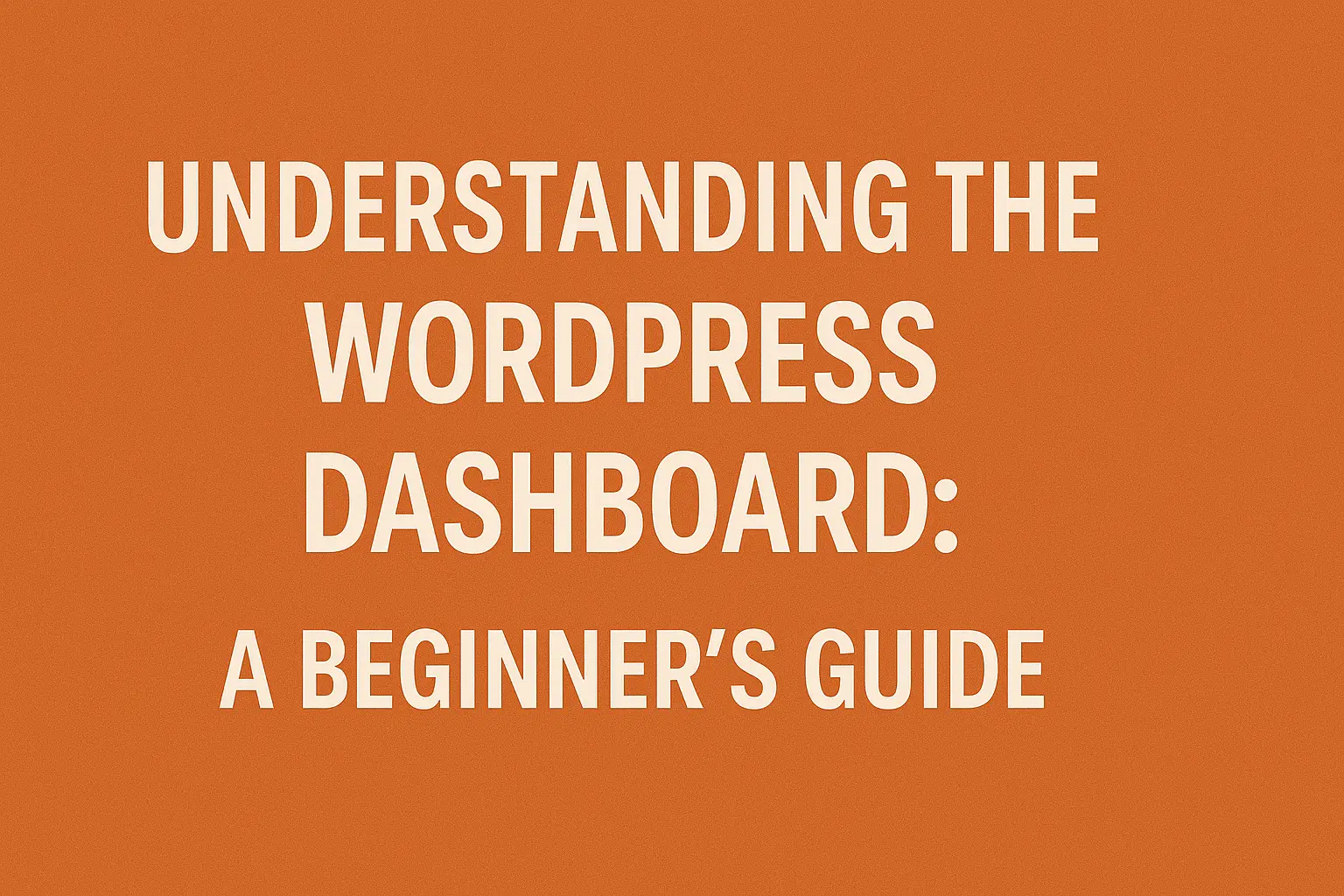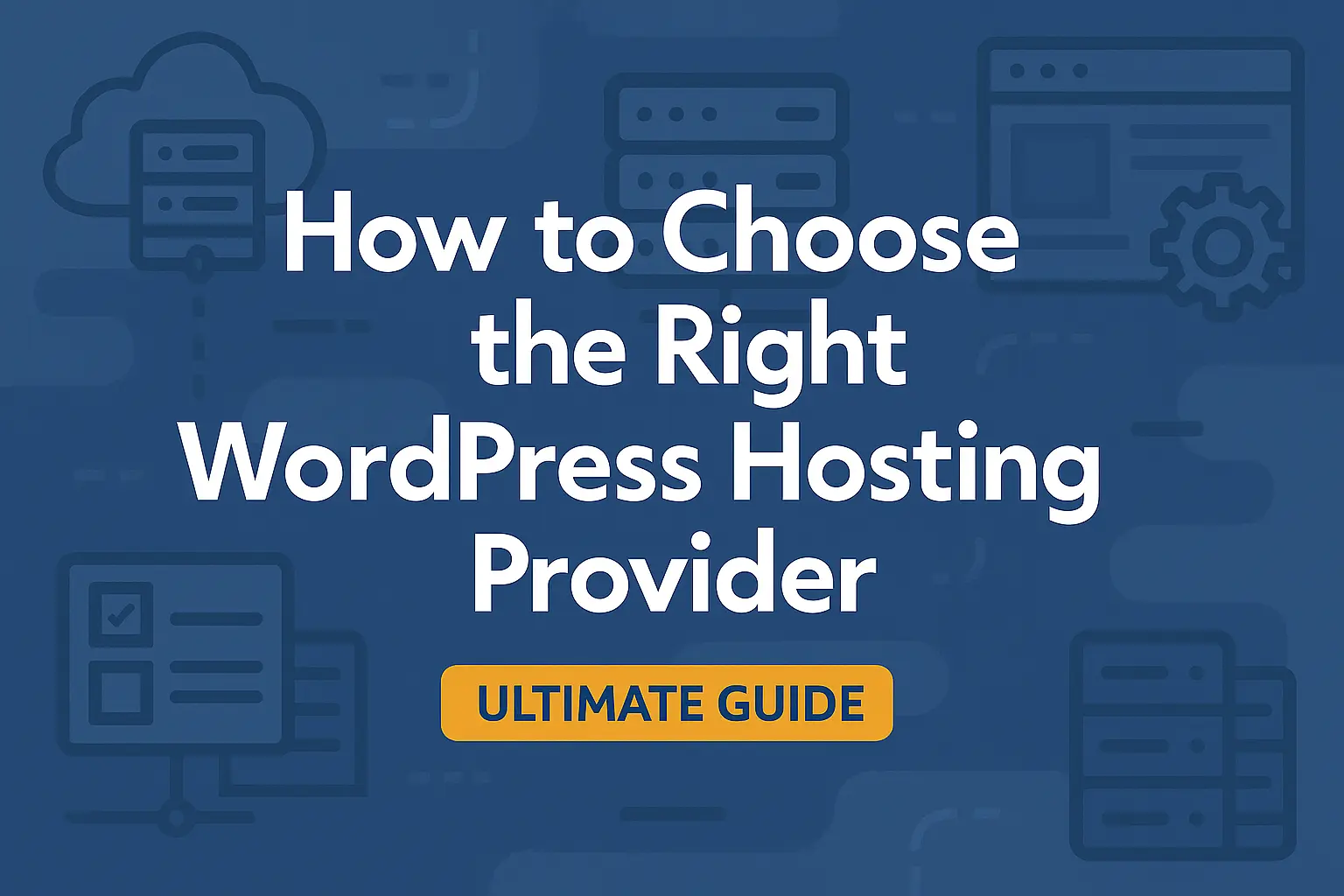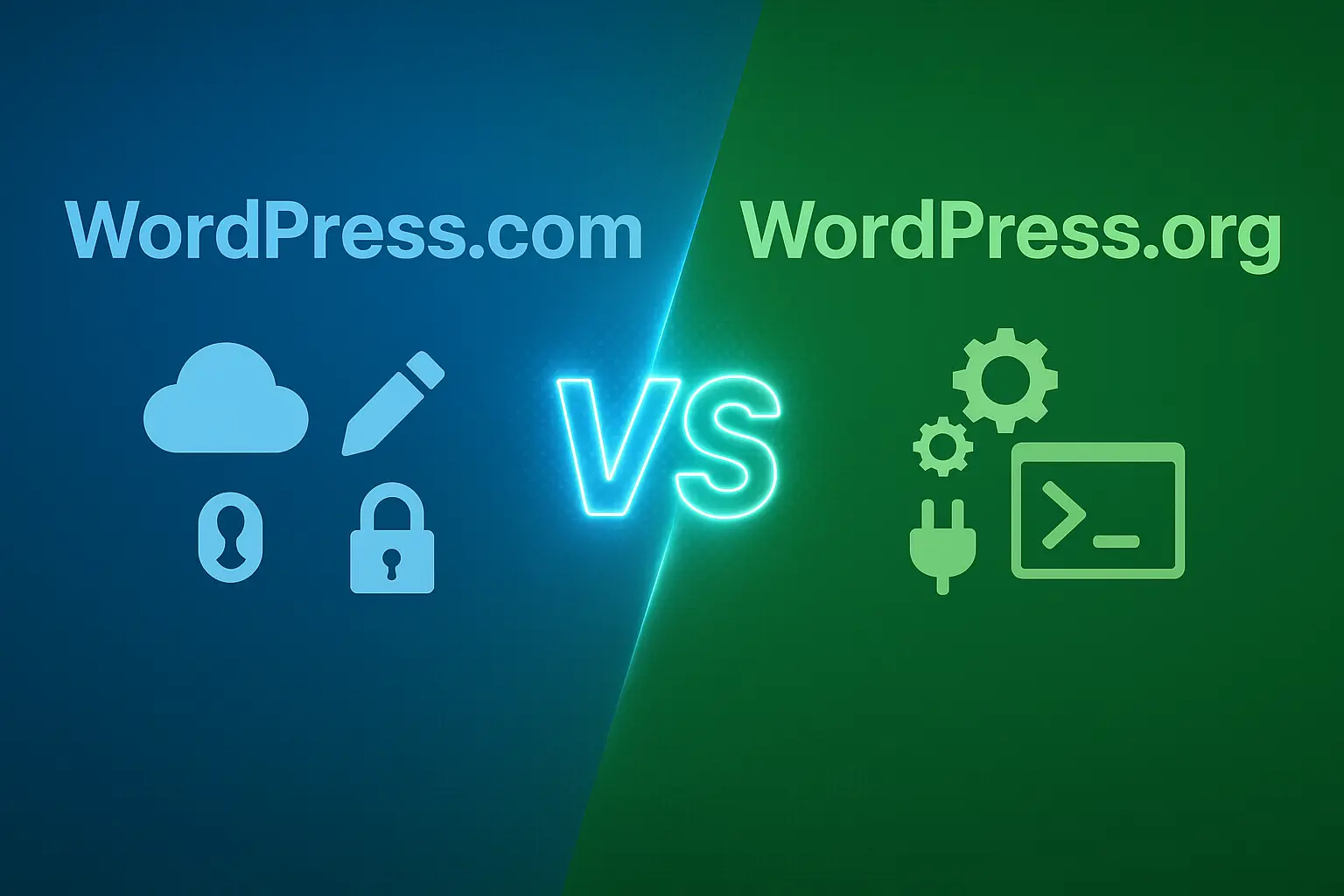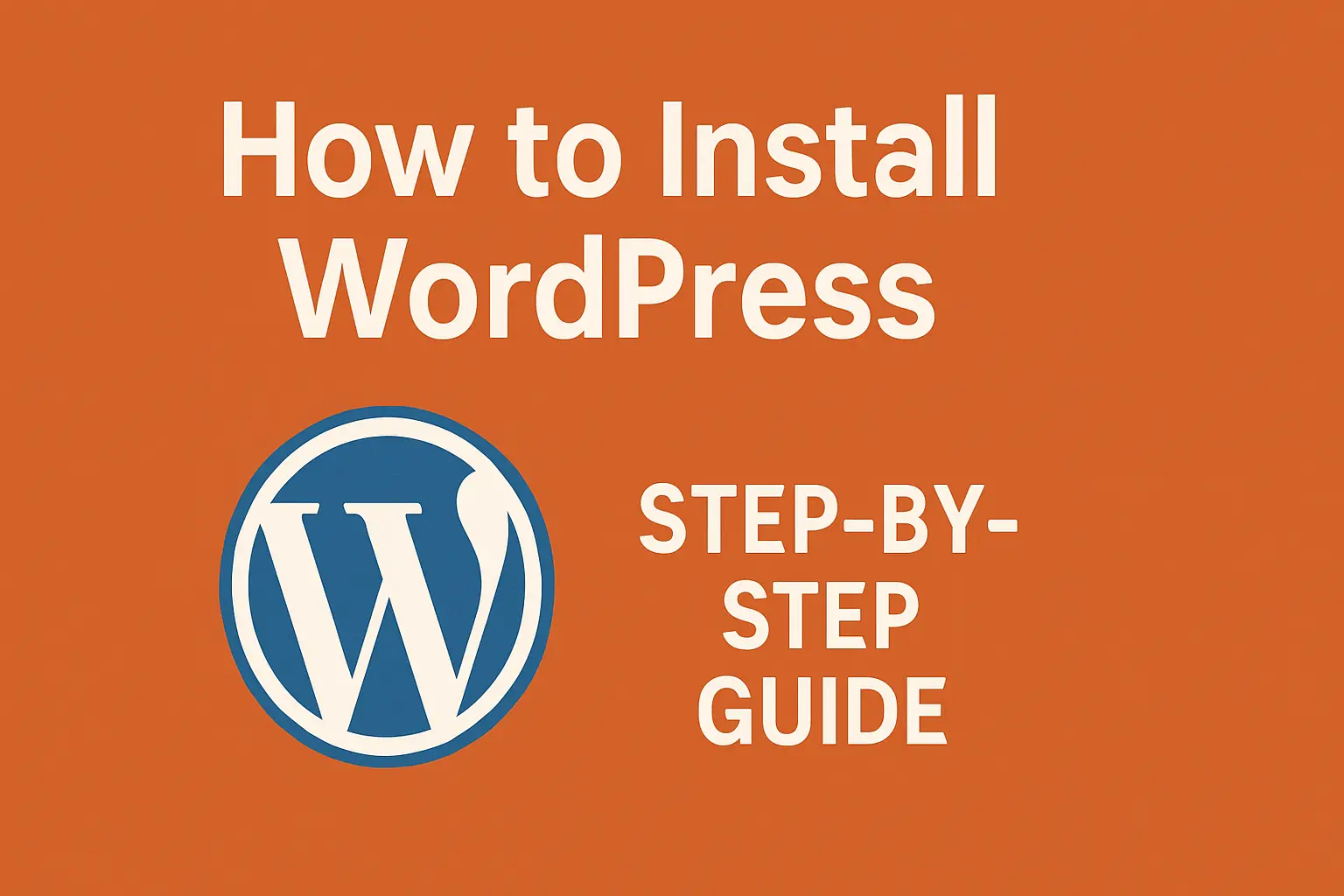Understanding the WordPress Dashboard: A Beginner’s Guide
This guide will explore the WordPress dashboard in depth, covering every aspect of its interface, settings, and tools. Whether you are a beginner or an intermediate user, this guide will help you navigate and master the Dashboard efficiently.
WordPress is the world’s most popular content management system (CMS), powering over 40% of websites online. One reason for its popularity is its user-friendly Dashboard, which allows users to easily manage content, themes, plugins, and site settings.
Step 1: Accessing the WordPress Dashboard
1.1 Logging into WordPress
To access the WordPress dashboard, follow these steps:
- Open your web browser and go to your website’s login URL:
https://yourwebsite.com/wp-admin - Enter your username and password
- Click Login to access the Dashboard
You can reset your password using the “Lost your password?” option on the login page if you have forgotten it.
1.2 Dashboard Overview
Once you log in, you will see the WordPress dashboard. The Dashboard provides an overview of your website, including site status, recent activity, and quick links to important sections.
Key components of the Dashboard:
- Admin Toolbar (Top Bar)
- Sidebar Menu (Navigation Panel)
- Main Dashboard Widgets (Quick Overview)
- Footer Area
Step 2: Exploring the WordPress Dashboard Menu
The sidebar menu is your primary navigation tool within WordPress. Here are the essential sections:
2.1 Dashboard
- Home: This section displays an overview of your site with widgets like “At a Glance,” “Quick Draft,” and “Site Health Status.”
- Updates: Shows available updates for WordPress core, themes, and plugins.
2.2 Posts
- Add, edit, and manage blog posts.
- Categories and tags organization.
2.3 Media
- Upload and manage media files (images, videos, and documents).
2.4 Pages
- Create and manage static pages (like About Us, Contact, etc.).
2.5 Comments
- Moderate, approve, reply to, and manage comments on your posts.
2.6 Appearance
- Manage themes and customize the site’s look.
- Widgets and menus.
2.7 Plugins
- Install, activate, and manage plugins to extend site functionality.
2.8 Users
- Manage user roles and permissions.
2.9 Tools
- Import/export settings.
- Site health checks.
2.10 Settings
- General, Writing, Reading, Discussion, Media, and Permalinks settings.
Step 3: Customizing Your WordPress Dashboard
3.1 Changing the Admin Color Scheme
Customize the color scheme via Users > Profile > Admin Color Scheme.
3.2 Managing Dashboard Widgets
Turn dashboard widgets on or off using Screen Options.
3.3 Using the Customizer
Navigate to Appearance > Customize to adjust your theme and site settings.
Step 4: Managing Content in WordPress
4.1 Creating a New Post
- Navigate to Posts > Add New
- Add a title and content
- Use the Gutenberg editor or Classic Editor
- Add categories, tags, and a featured image
- Publish or schedule your post
4.2 Managing Media Files
- Navigate to Media > Library to manage images, videos, and PDFs.
- Use the “Add New” button to upload files.
4.3 Creating Pages
- Navigate to Pages > Add New
- Add content and format using blocks or shortcodes.
- Publish or save as a draft.
Step 5: Managing Plugins and Themes
5.1 Installing and Activating Plugins
- Navigate to Plugins > Add New
- Search for a plugin
- Click “Install” and then “Activate.”
5.2 Installing and Customizing Themes
- Navigate to Appearance > Themes > Add New
- Upload or search for a theme
- Activate and customize it
Step 6: Enhancing WordPress Security and Performance
6.1 Updating WordPress Core, Plugins, and Themes
- Regularly update via Dashboard > Updates
6.2 Using Security Plugins
- Install plugins like Wordfence or Sucuri for added security.
6.3 Optimizing Site Performance
- Use caching plugins like WP Rocket.
- Optimize images using Smush.
- Use a Content Delivery Network (CDN).
Step 7: Managing User Roles and Permissions
7.1 Default WordPress User Roles
- Administrator: Full access to the site.
- Editor: Can manage content.
- Author: Can publish their posts.
- Contributor: Can write but not publish.
- Subscriber: Can read content.
7.2 Adding and Managing Users
- Navigate to Users > Add New
- Assign appropriate roles
Conclusion
Mastering the WordPress dashboard is essential for managing your website efficiently. Understanding the different sections and tools allows you to create content, customize your site, and effortlessly enhance security and performance.
With this guide, you now have the foundation to navigate WordPress like a pro. Explore, experiment, and build a great website!
Stay tuned for more WordPress help, tips, tutorials, and articles at WpFresher.com. 🚀



